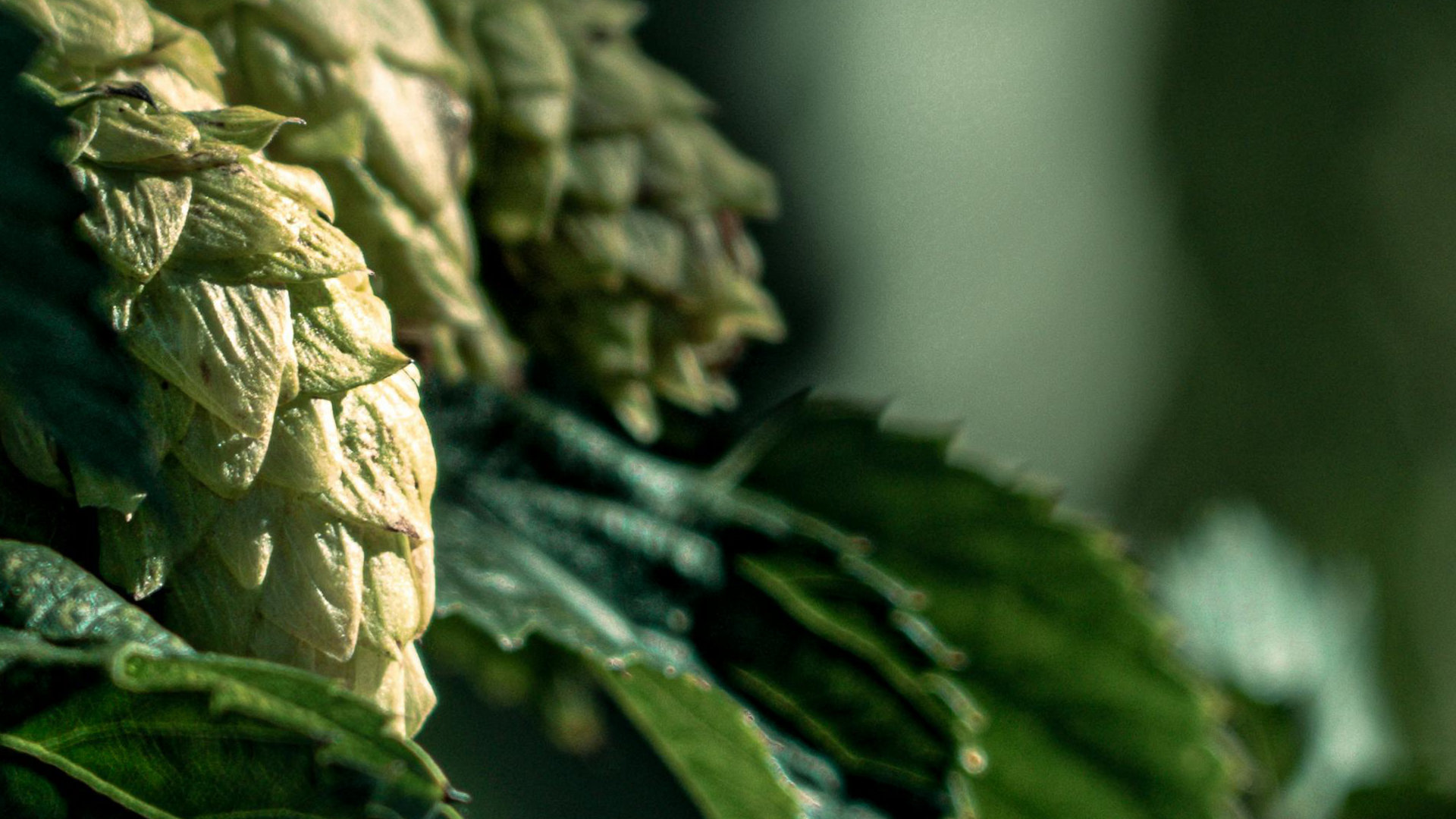
The History of Hops in the UK
From suspicion and scorn to national treasure, hops have come a long way in the UK.
Aww yeah, you successfully read this important alert message. This example text is going to run a bit longer so that you can see how spacing within an alert works with this kind of content.
Whenever you need to, be sure to use margin utilities to keep things nice and tidy.
IPA is undoubtedly one of the most popular styles of beer enjoyed in the UK. But how much do you know about it? In this issue we’re digging into the background of the India Pale Ale (pg 24) and exploring how to best manipulate aroma and bitterness in IPAs (page 18). We’ve also got some epic IPA recipes for you, including one from homebrewer Phil Battersby, who has an impressive brewing set-up in his home in Shropshire (page 6). And to help you know what’s what when it comes to IPAs, we’re looking into the differences between NEIPAs, West Coast IPAs and the original British IPA (pg 22).
If you’ve been reading MASHED for a while, you’ll know that we’re mad about hops (having started as a small-scale hop farm, as Dark Farm Hops). So we’ve brought you some fascinating intel on British hops (pages 16 and 30). Plus we’re revealing the shiny new renovations of MASHED Brewhouse in Aberystwyth. Hope to see you there soon!
Cheers,
Yohanna and Gareth

From suspicion and scorn to national treasure, hops have come a long way in the UK.

In this issue, we’re looking at another of their strains which we love using. Take a look at page 36 for our Nordic Reckoning IPA recipe using this fantastic thermotolerant kveik yeast. If you’re a MASHED Hop Club member, you’ll be getting a pack of this yeast to brew with.

October 5th of this year marked the first International Italian Grape Ale (IGA) Day. Ever tried one? If not, then you might be asking: Italian grape ale? Is that a wine or a beer? Well, IGA is most definitely a beer. But it’s like a beer and wine got very friendly and had a baby. Made with up to 40% grapes or grape must, IGAs are based on pils malt, or pale malt.

Hops are the soul of an IPA, shaping not just bitterness but also aroma, flavour, and mouthfeel. Brewers have developed sophisticated techniques to control hop expression, turning IPAs into complex, aromatic experiences. Here’s how they achieve it.
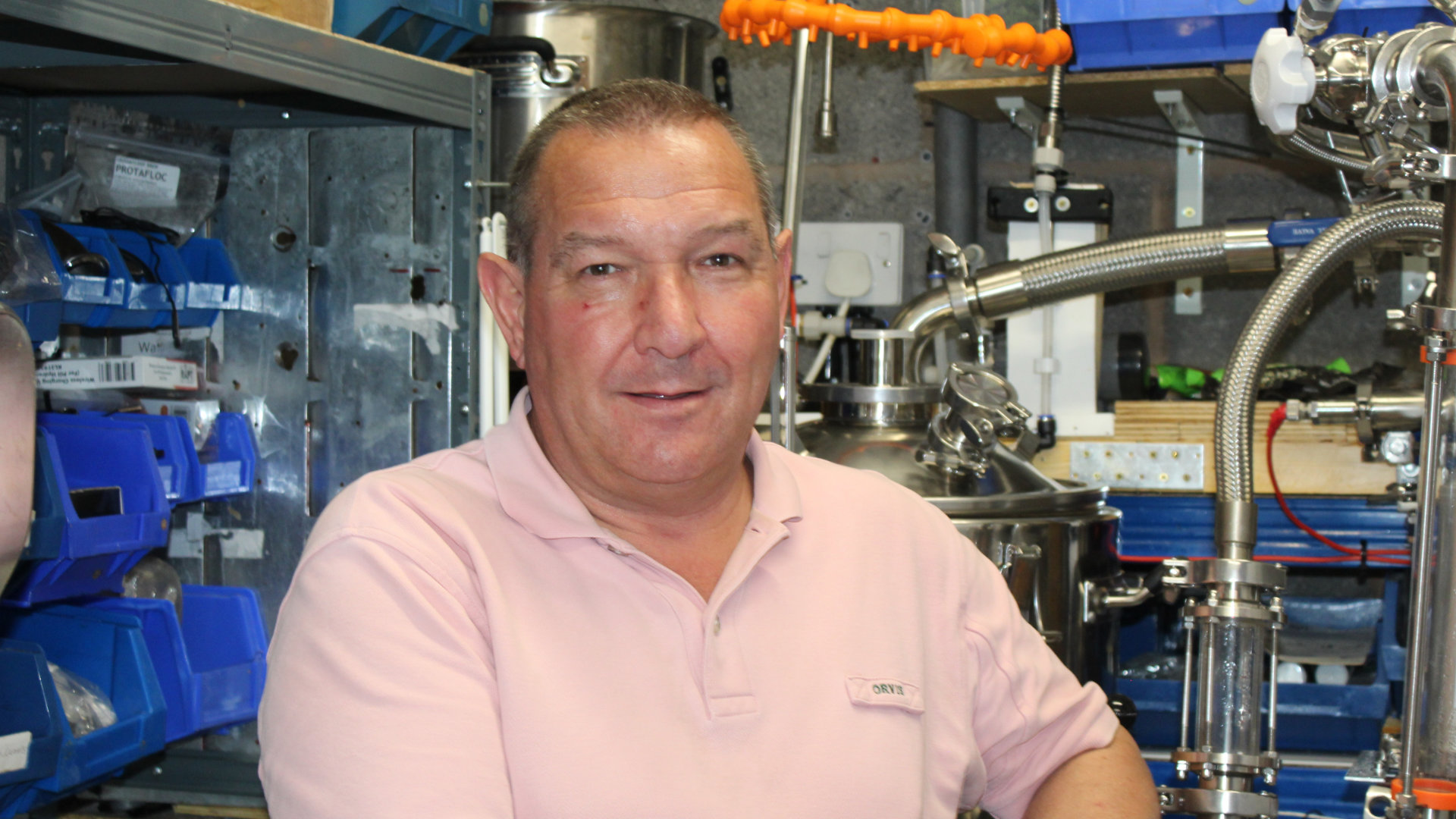
It was my long-term friend Steve who casually announced to me he had started brewing all these wonderful IPAs from beer kits. That was back in 2017 and, though I had dabbled in homebrewing many years ago with basic kits, it just triggered something inside of me that took me on this self-navigated adventure.

Enter Aberystwyth town centre over Trefechan bridge and you’ll spot an old oast house - a hint at both the brewing history of the area and the modern day draw for beer lovers, brewers and the brewing industry.

The story of India Pale Ale (IPA) has long been wrapped in legend, often simplified into a neat narrative: faced with the challenge of shipping beer to India, British brewers supposedly crafted a stronger, hoppier ale specifically designed to withstand the long, hot voyage across the sea. Alongside this narrative runs the often-told story that Burton-on-Trent played the most influential role in the development of this beer. While this all makes for a great tale, the truth is far more nuanced.
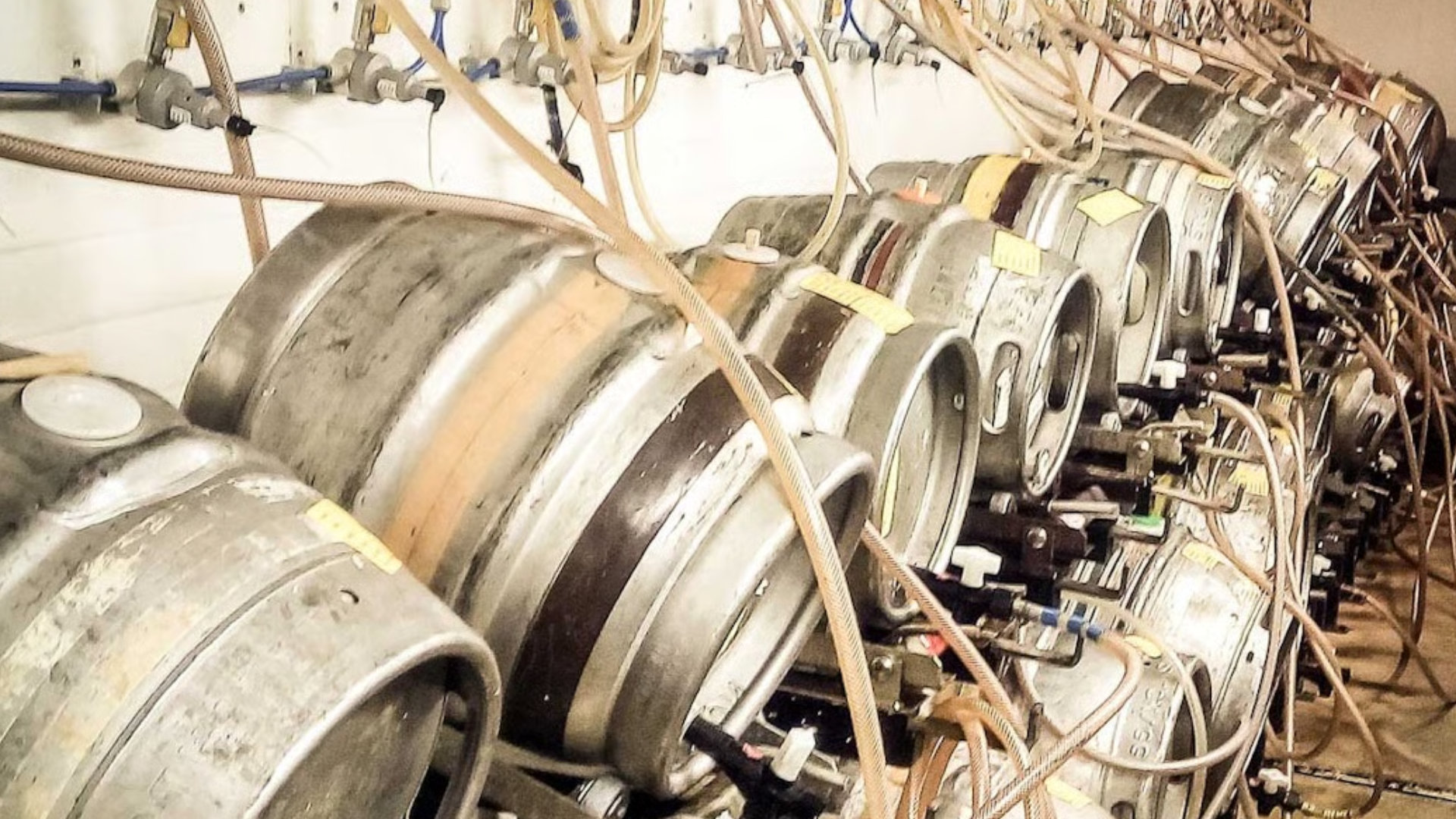
A fantastic pint of cask beer is unforgettable and is the bedrock of the great British pub, where the drink goes through its live secondary fermentation right up until its dispense.
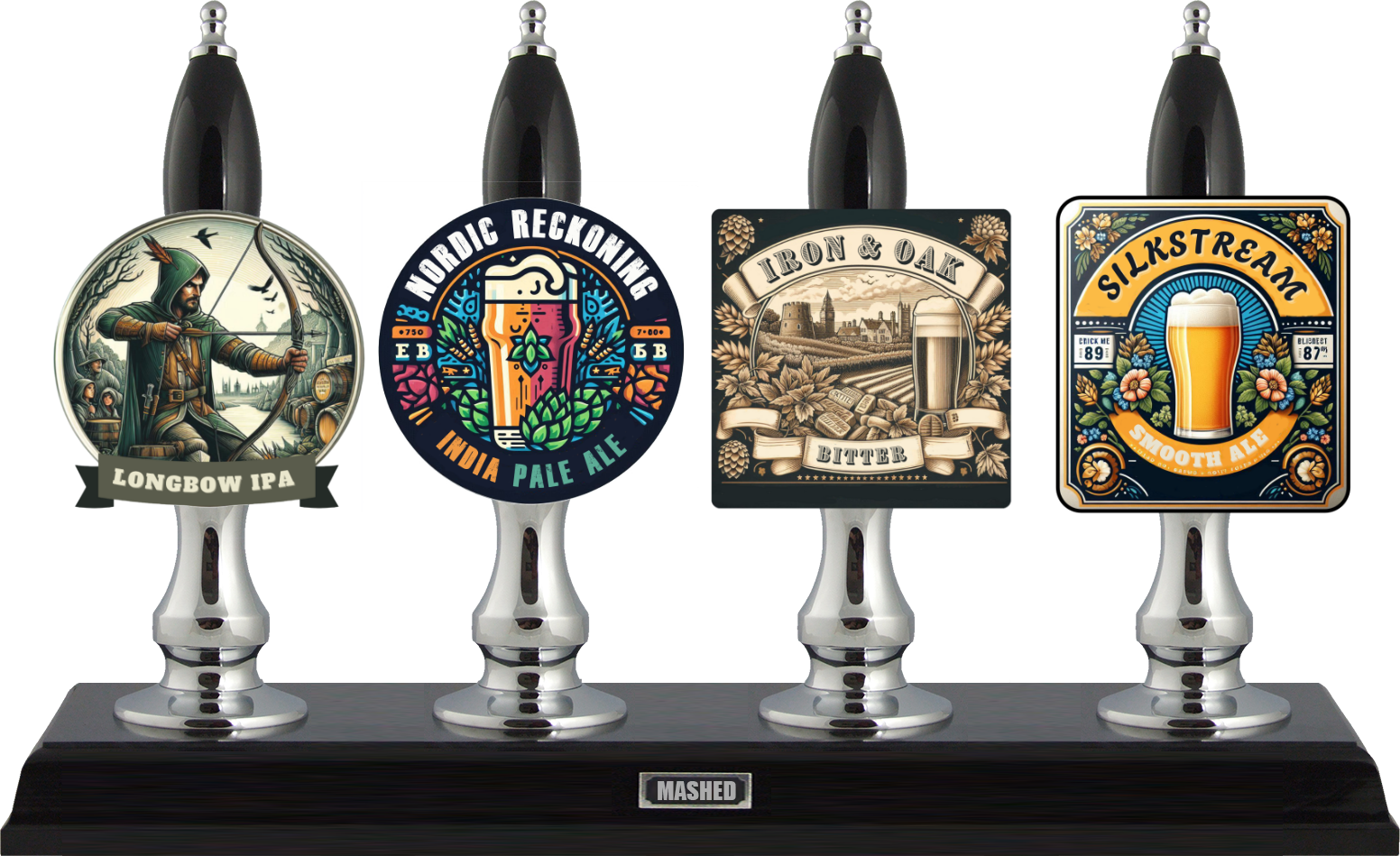
Fancy brewing one of the homebrew recipes from the latest issue of MASHED Magazine? Grab a convenient all grain brew kit and knock out that epic beer! The perfect way to experiment with new beer recipes without having to bulk buy ingredients.

We haven’t ventured much into the world of UK-grown hops, but this issue we’re celebrating the timeless cultivars that helped shape the soul of British brewing. From nostalgic pub pints to new-school revivals, this trio continue to lend their unmistakable character to the beers we love.
.jpg)
The UKs beer scene is thriving, with festivals celebrating everything from traditional cask ales to cutting-edge craft brews. Whether you’re after a cozy local tasting or a massive beer extravaganza, theres something for every enthusiast.
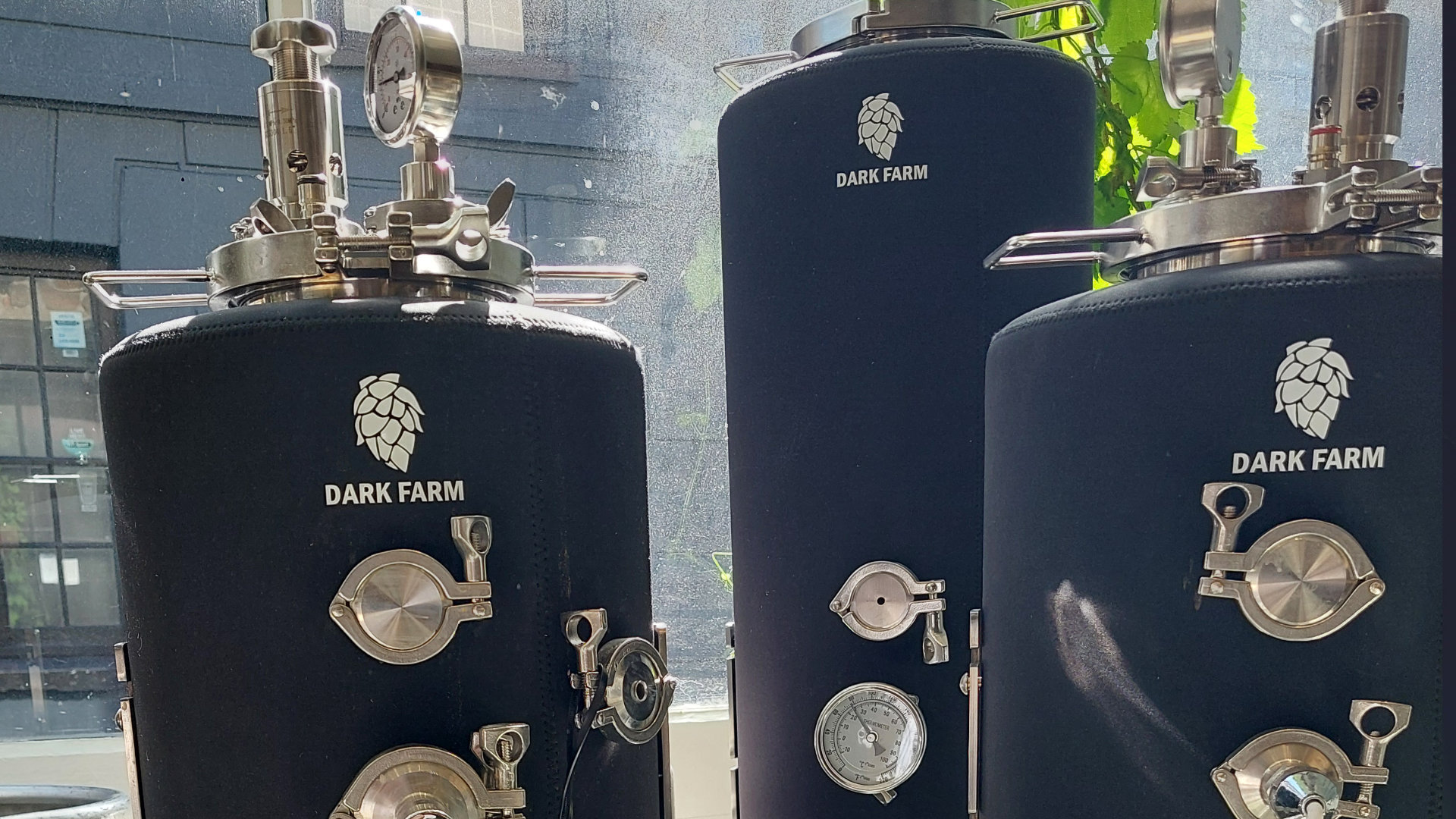
Pressure fermentation is transforming IPA production by providing brewers with new ways to enhance hop expression, refine mouthfeel, and optimise fermentation conditions. Traditionally, beer is fermented at atmospheric pressure, but applying controlled CO? pressure influences yeast behaviour and hop interaction in ways that can elevate the final product.
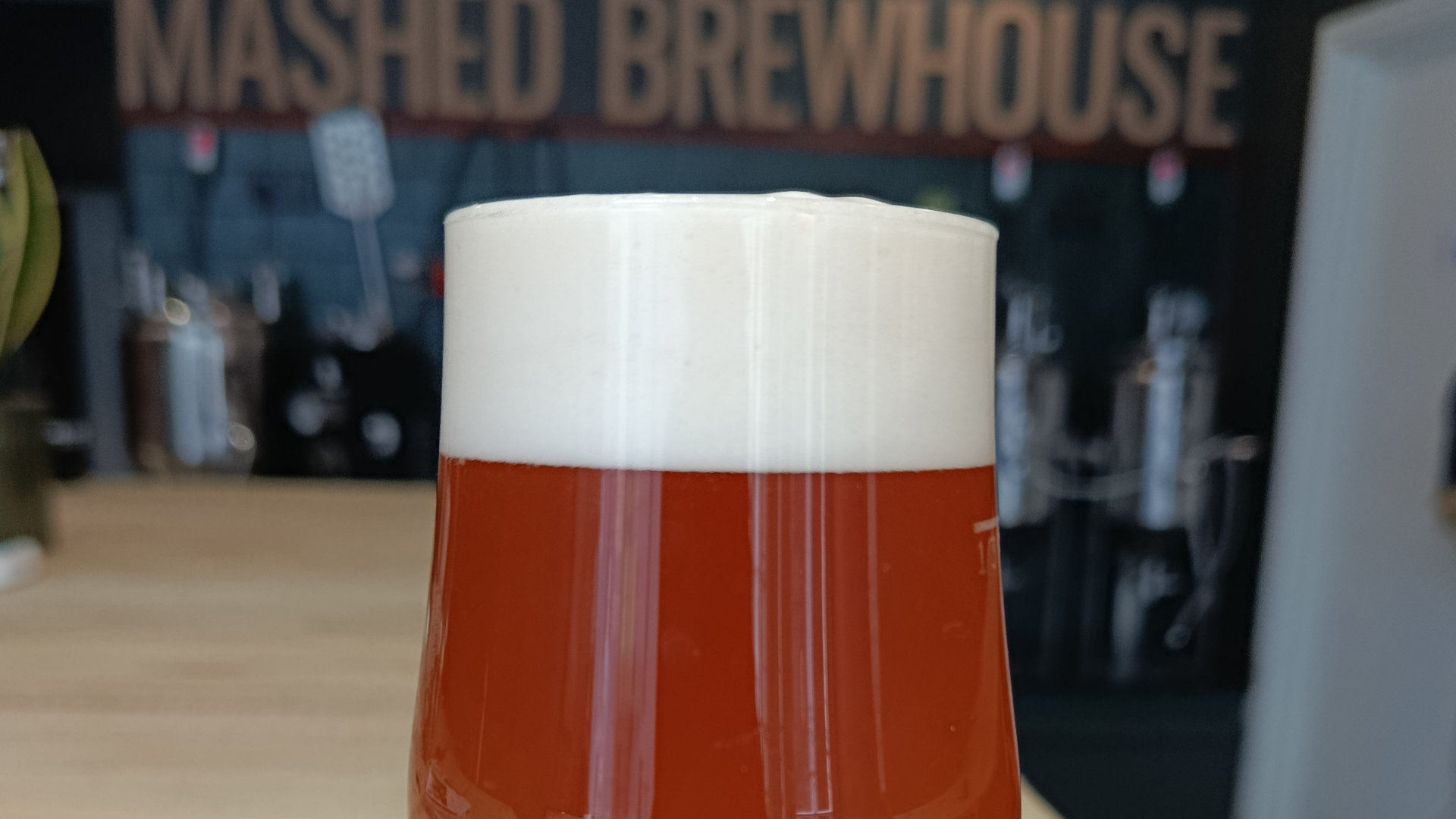
Picture this: you’re in your favourite craft beer bar and you really fancy an IPA. You look at the tap list. Do you go for a straight up British IPA, a NEIPA or a West Coast? Decided? Great. OK, so you’ve placed your order (we’re drooling already…) and the person next to you at the bar asks what the difference is between these three brews - or indeed all of the numerous styles of IPA. Would you know what to say? If you’re a bit hazy on what characteristics distinguish them, we’ve got a handy comparison sheet for you, exploring 3 popular IPAs.

This issue has become something of a shrine to IPAs and Aberystwyth - and rightly so! What a truly amazing town and community we’ve found ourselves in: a thriving, bubbling scene that extends far beyond beer. There’s the sea, the mountains, and a bold, colourful mix of people who give this place its heartbeat. If you haven’t yet been, let this serve as your invitation - there’s never been a better time to visit.